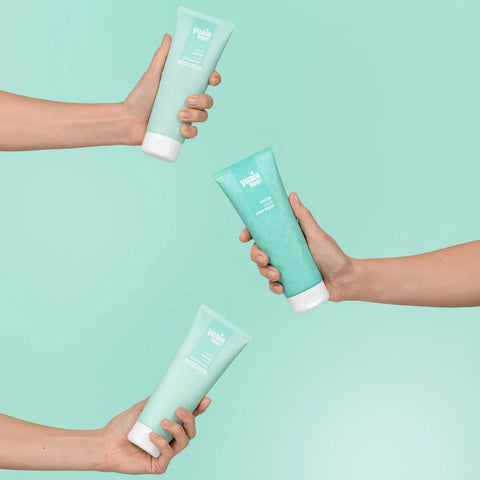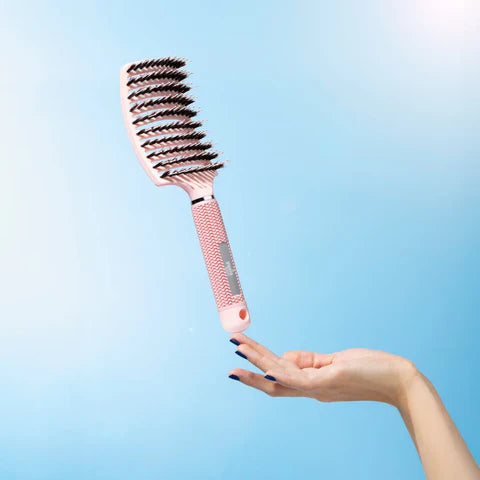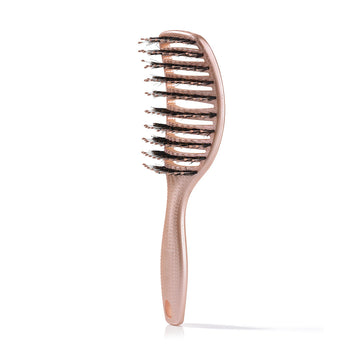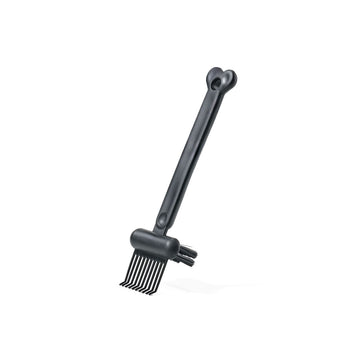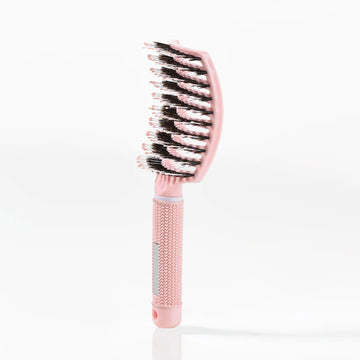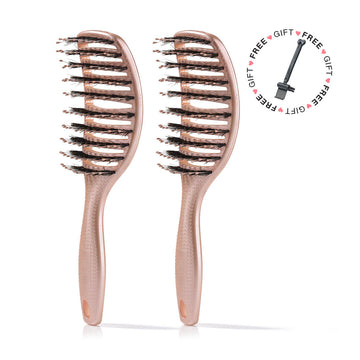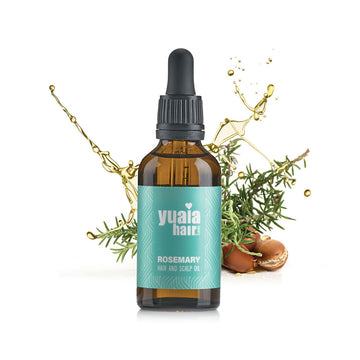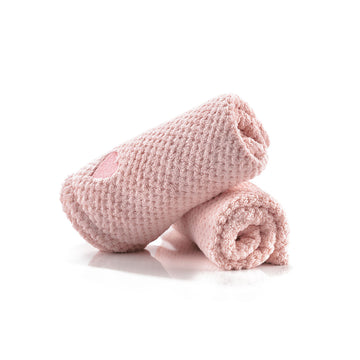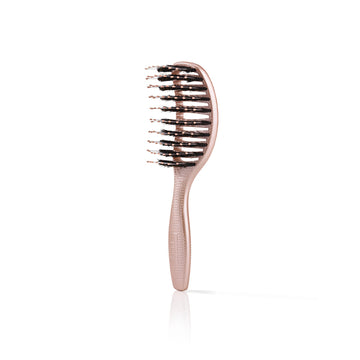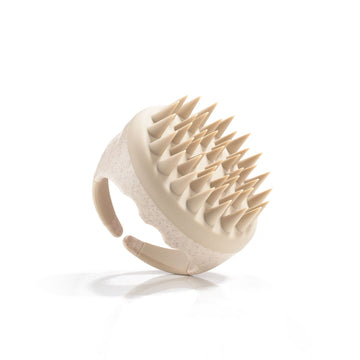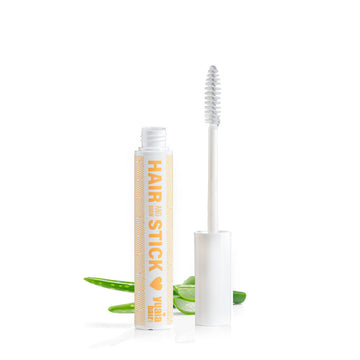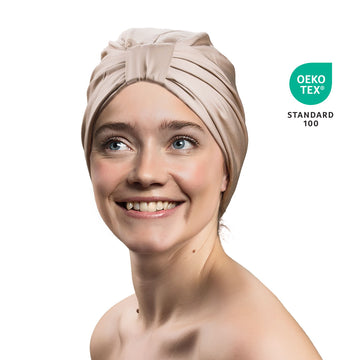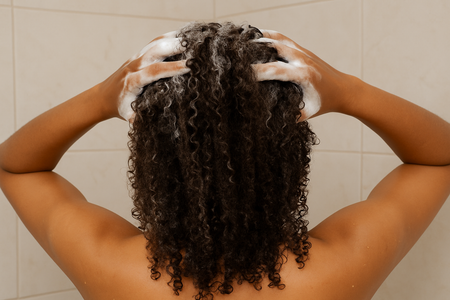
What is Co-Washing and Who Benefits from It?
Co-washing involves using a conditioner to cleanse the hair instead of shampoo. This method is particularly beneficial for individuals with dry, curly, or textured hair, as it helps maintain moisture and reduce frizz. Unlike traditional shampoos that contain harsh detergents, co-washing cleanses the hair without stripping it of its natural oils, making it a favorable option for those looking to enhance moisture retention.
As you explore the world of co-washing, this blog post aims to guide you in finding the perfect routine tailored to your specific hair needs. Whether you're new to co-washing or looking to refine your existing routine, understanding how often to co-wash is key to achieving the best results.
Understanding Co-Washing Benefits
Co-washing, or using a conditioner to cleanse the hair, offers significant advantages over traditional shampooing. Primarily, it helps in retaining moisture and reducing frizz, making it an attractive option for those with dry, curly, or textured hair. Unlike shampoos that often contain harsh detergents, co-washing gently cleanses without stripping the hair of its natural oils, thus preserving its natural shine and softness.
Factors Influencing Co-Wash Frequency
Determining how often you should co-wash depends largely on your hair type, scalp condition, and styling habits. Let's delve into these factors to better understand how they impact your co-washing routine:
Hair Type Considerations
For those with coarse, curly, or dry hair, co-washing once or twice a week is generally recommended. This frequency helps maintain moisture levels, preventing dryness and frizz. In contrast, those with fine or straight hair may find that co-washing once a week or even as little as once or twice a month is more suitable. This is because finer hair is more prone to product buildup and limpness.
Scalp Needs
Your scalp's oiliness or dryness also plays a crucial role in determining your co-wash frequency. If your scalp tends to be oily, less frequent co-washing might be necessary to avoid excess buildup. Conversely, a dry scalp may benefit from more frequent co-washing to provide additional moisture.
Styling Habits
The products you use and your styling routine can influence how often you should co-wash. If you frequently use styling products, you might need to co-wash more often to prevent buildup. On the other hand, minimal product use may allow for less frequent co-washing.
Specific Guidance for 4C and Curly Hair
The unique needs of 4C and curly hair types require more moisture than others. As a starting point, co-washing once a week is often recommended. However, you should adjust this frequency based on your product use and scalp condition. If you find your hair still feels dry or your scalp is itchy, you may need to increase the frequency.
For those with curly hair, using a specialized product like our Twirl and Curl curly cream can enhance your co-washing routine. This cream helps define curls and adds moisture, making it an excellent complement to your co-washing regimen.
Listening to Your Hair
Ultimately, the best co-wash routine is one that suits your hair's unique needs. Pay attention to how your hair and scalp respond to co-washing. Signs of over-co-washing include limp hair, a greasy feeling, or an itchy scalp. Adjust your routine accordingly to find the perfect balance.
Managing Product Buildup and Clarifying Needs
While co-washing offers numerous benefits, it's important to address the potential for product buildup. Over time, conditioners and styling products can accumulate on the hair and scalp, leading to a heavy or greasy feel. To maintain a healthy balance, it's recommended to incorporate a clarifying or sulfate-free shampoo into your routine. A monthly cleanse can effectively remove buildup, leaving your hair refreshed and ready to absorb moisture again.
Personalize Your Co-Wash Routine
Customizing your co-wash routine is key to achieving optimal results. Experiment with different frequencies to see what works best for your hair type and lifestyle. For those with curly hair, using a product like our Twirl and Curl curly cream can enhance your co-washing routine by adding definition and moisture. Remember, the goal is to create a routine that suits your individual preferences and hair needs.
Frequently Asked Questions
What is Co-Washing, and Why is it Beneficial?
Co-washing, or conditioner washing, involves using a conditioner to cleanse the hair instead of shampoo. It is beneficial because it helps retain moisture and reduce frizz, making it ideal for dry, curly, or textured hair.
How Do I Know if I’m Co-Washing Too Often?
Signs that you may be co-washing too often include limp hair, a greasy feel, and an itchy scalp. These indicators suggest it's time to adjust your co-washing frequency.
Can I Co-Wash and Use Regular Shampoo?
Yes, you can alternate between co-washing and using regular shampoo. Incorporating a clarifying shampoo once a month can help remove product buildup and maintain a healthy scalp.
Is Co-Washing Suitable for All Hair Types?
Co-washing can be suitable for many hair types, but it requires a personalized approach. Those with dry, curly, or textured hair often benefit the most, while fine or straight hair may need less frequent co-washing to avoid buildup.
 2-4 day UK delivery
2-4 day UK delivery
 25.000+ satisfied customers
25.000+ satisfied customers
 Satisfaction Guarantee
Satisfaction Guarantee




